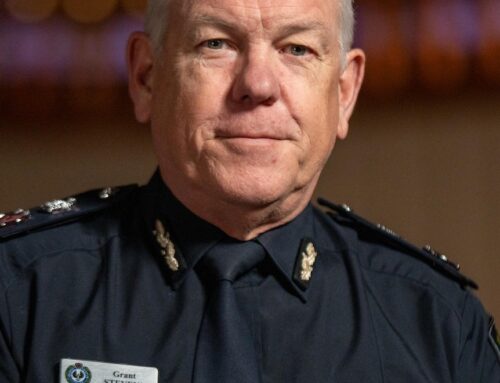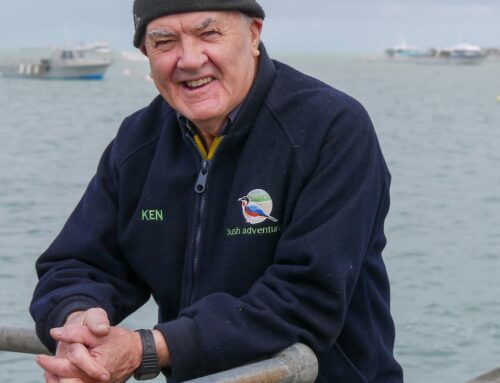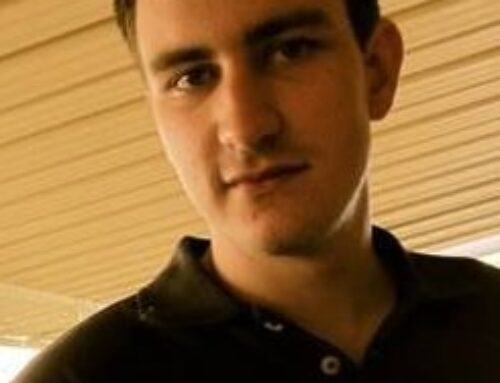In short:
Brushtail possums have been relocated from Kangaroo Island in a bid to re-establish a population in Central Australia.
The animals were transported by ecologists on a charter flight and released at the Newhaven Wildlife Sanctuary, about four hours north-west of Alice Springs.
What’s next?
The possums will be monitored over the coming year to ensure they cope well in their new home.
A group of brushtail possums has been relocated from Kangaroo Island to Central Australia in a bid to re-establish a population in the region.
The species, which is common in capital cities and along much of the Australian coastline, often gets a bad reputation as a pest with a knack for nesting in roofs and digging up vegetable gardens.
But experts say there is a different story in the Red Centre, where the brushtail possum is thought to have recently become extinct.
Forty of the possums were hand-picked by ecologists from the Australian Wildlife Conservancy on Kangaroo Island, before travelling north on a charter flight to their new home.
“Our team has been out … capturing possums and selecting the ones that have got the best attributes to be part of a new founding population into Central Australia, where they have become extinct,” ecologist Pat Hodgens said.
The possums have now been released at Newhaven Wildlife Sanctuary.
The reserve is about four hours north-west of Alice Springs, where it is hoped they will thrive, enabling the species to return to the area.
“For the brushtail possum, it’s now only found in about 50 per cent of its former range … with massive losses in Central Australia and Northern Australia still occurring currently,” Mr Hodgens said.
Mr Hodgens said that decline was partly due to an increase in hot, dry weather, and more intense and frequent bushfires that burn habitat and food trees.
But the main concern is feral animals like cats and foxes.
“Australia has the worst mammal extinction rate of anywhere in the world,” Mr Hodgens said.
“The main threats to most of our small to medium-sized mammal species like the brushtail possum are introduced predators.”
That is a problem the team worked hard to mitigate, with the installation of a 9,450-hectare safe haven.
“We’re releasing them into a feral predator-free enclosure, so they’re free of all their threats from cats and foxes, and we expect them to find plenty of food,” ecologist Dr Tim Henderson said.
As well as being an important part of conservation efforts, the species brings a host of benefits to the local ecosystem as a seed disperser.
“We’re aiming to restore the historical ecological functions of the area, and possums play a really important part of that ecosystem,” Dr Henderson said.
“With the possums back on sanctuary, we’re excited to see how they will utilise the landscape and the positive impact they will have on the ecosystem.
“They also play a pretty important role culturally — a lot of the local Indigenous people remember possums in their Dreamtimes and stories passed down from older generations.”
The return of the brushtail possums was welcomed by the Anmatyerr people in the remote community of Laramba with a celebratory Possum Dreaming ceremony.
“We perform the ceremony to connect possums back to the land, and connect them back to the people,” Anmatyerr elder Peter Cole said.
“Younger generations can now learn about the possum through song, dance and stories passed down from their elders.”
Members of the local community said it was a special occasion.
“It was good seeing the possums being released back to their country,” Martin Hagan said.
“We are connected to the possums.”
The brushtail possums join seven other species that have been returned to the Red Centre, including the brush-tailed bettong, bilby, and golden bandicoot.
The possums will be monitored over the next year to ensure they cope well in their new environment.
“We know that these guys are very tough, they’re very adaptable,” Mr Hodgens said.
“They’re going into Newhaven Sanctuary where there are no feral predators, which is obviously the best chance they can have.”



